Home>Home Maintenance>How Far Should Perforated Drainage Pipe Be From The House
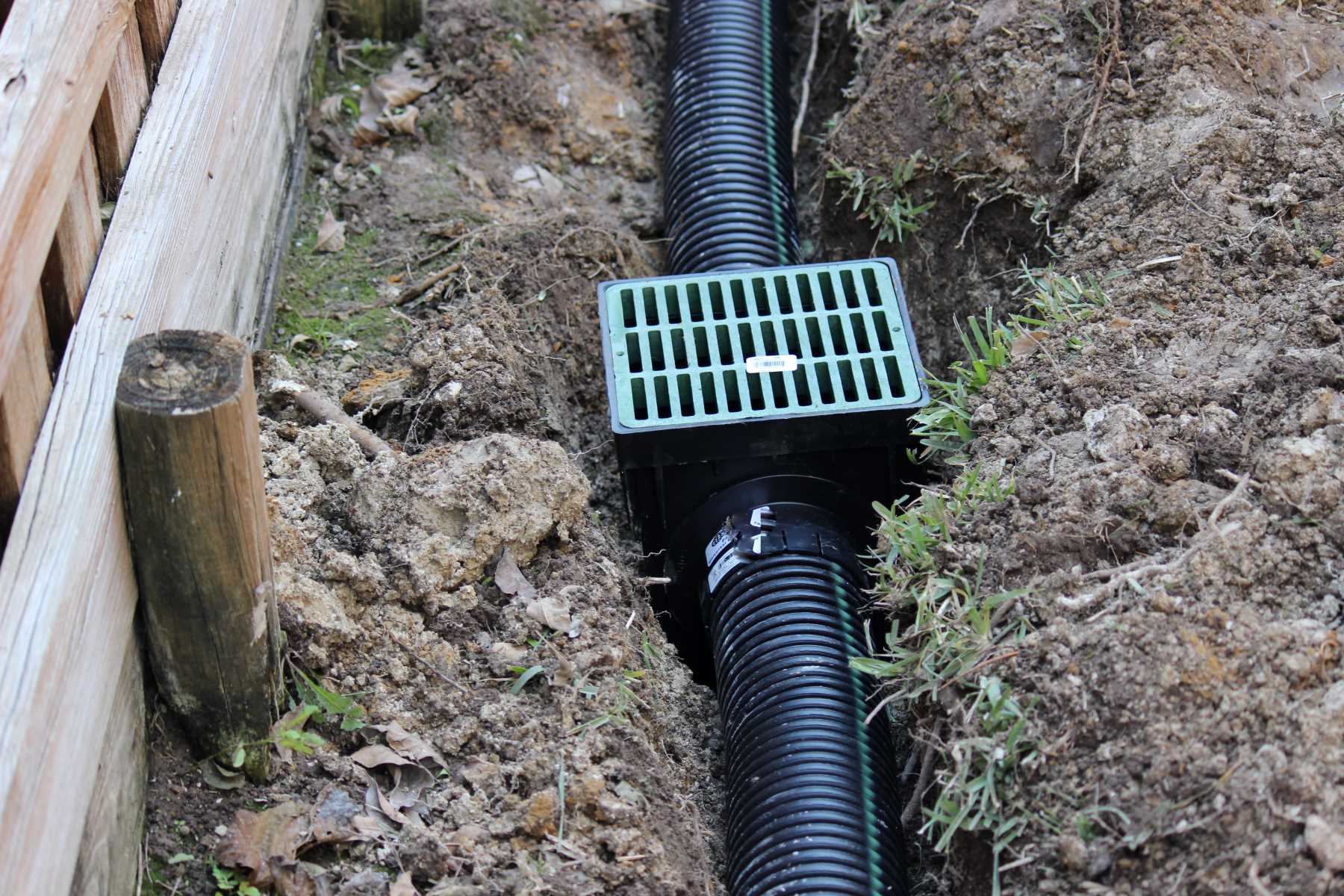

Home Maintenance
How Far Should Perforated Drainage Pipe Be From The House
Modified: May 6, 2024
Learn about home maintenance and find out the optimal distance from your house to switch to perforated drainage pipe for effective water management.
(Many of the links in this article redirect to a specific reviewed product. Your purchase of these products through affiliate links helps to generate commission for Storables.com, at no extra cost. Learn more)
Introduction
Welcome to the world of home maintenance, where even the smallest details can make a big difference. One crucial aspect of maintaining a dry and structurally sound home is proper drainage. And when it comes to effective drainage, installing a perforated drainage pipe is often a smart choice. But how far out from the house should you be to switch to perforated drainage pipe? In this article, we will explore the factors to consider and help you determine the ideal distance for installing this essential component of your home’s drainage system.
Before we delve into the specifics, let’s take a moment to understand what a perforated drainage pipe is and how it plays a vital role in keeping your home dry and free from water damage.
A perforated drainage pipe is a type of pipe that features small holes or perforations along its length. These holes allow water to enter the pipe, which is then carried away and safely drained elsewhere. By providing an efficient means of water drainage, perforated pipes help prevent water from accumulating around the foundation of your home, which can lead to costly damage and structural issues.
When it comes to installing a perforated drainage pipe, there are several factors to consider. These factors will help determine the ideal distance from your house to begin using a perforated drainage pipe. Let’s take a closer look at these factors now.
Key Takeaways:
- Proper distance for installing perforated drainage pipe depends on soil type, water table level, house elevation, and local regulations. It prevents water damage and preserves the structural integrity of your home.
- Switching to perforated drainage pipe offers benefits such as preventing water accumulation, preserving structural integrity, reducing soil erosion, and enhancing property value. Regular maintenance and compliance with local regulations are crucial for optimal performance.
Understanding Perforated Drainage Pipe
Perforated drainage pipes are typically made from high-density polyethylene (HDPE) or PVC materials, which make them durable and resistant to corrosion. The perforations along the pipe’s surface allow water to enter the pipe while preventing soil and debris from clogging the drainage system.
These pipes are commonly used in various drainage applications, such as French drains, foundation drains, and landscape drainage systems. They are buried underground and slope slightly to ensure proper water flow away from your home.
The perforations in the pipe serve a crucial purpose: to collect and divert excess water from the surrounding soil. This helps prevent water saturation, which can lead to an array of problems, including basement flooding, foundation damage, and soil erosion. By redirecting water away from your home, perforated drainage pipes help maintain a healthy and stable foundation.
It’s essential to note that the performance of a perforated drainage pipe depends on proper installation. The pipes should be positioned correctly to ensure adequate water collection and diversion. Before installation, it is advisable to consult with a professional or a qualified contractor who can assess your specific needs and provide expert guidance.
Factors to Consider for Installing Perforated Drainage Pipe
When it comes to installing perforated drainage pipe, several factors should be taken into consideration to ensure optimal performance and effectiveness. Let’s explore these factors in more detail:
- Soil Composition: The type and composition of the soil surrounding your home play a crucial role in determining the distance at which you should install the perforated drainage pipe. Different soils have varying drainage capabilities, and understanding your soil type can help you determine the ideal distance from the house for installing the pipe. Well-draining soils may require the pipe to be installed further away, whereas soils with poor drainage properties may necessitate a closer installation.
- Water Table Level: The water table level refers to the depth at which groundwater is found beneath the soil. If your area has a high water table, it means that the ground is consistently saturated with water. In such cases, it is advisable to install the perforated drainage pipe further away from the house to ensure effective water diversion and prevent water infiltration into your foundation.
- House Elevation: The elevation of your home is another factor to consider. If your house is situated on higher ground, you may need to install the perforated drainage pipe further away to prevent water from flowing towards your foundation. Conversely, if your home is on lower ground, the pipe may need to be installed closer to ensure proper water collection and diversion.
- Roof and Surface Drainage: Assessing your roof and surface drainage systems is crucial when determining the distance for installing the perforated drainage pipe. Ensure that your gutters, downspouts, and surface drainage solutions direct water away from your home. By effectively managing surface water, you can minimize the amount of groundwater that needs to be drained, potentially impacting the distance requirements for the perforated drainage pipe.
- Local Regulations and Codes: Before installing any drainage system, it is vital to familiarize yourself with local regulations and codes governing such installations. Different regions may have specific guidelines regarding the installation depth and distance of perforated drainage pipes from the house. Check with your local building department or consult a professional to ensure compliance with any applicable regulations.
By considering these factors, you can make informed decisions regarding the installation distance of your perforated drainage pipe. It is worth noting that every property is unique, and it may be necessary to combine multiple factors to determine the ideal distance for your specific situation. Consulting with a professional drainage contractor can provide valuable insights and ensure a successful installation.
Determining the Ideal Distance from the House for Switching to Perforated Drainage Pipe
When it comes to determining the ideal distance from the house for switching to a perforated drainage pipe, several factors need to be considered. These factors include soil composition, water table level, house elevation, roof and surface drainage, and local regulations. By assessing these factors and following some general guidelines, you can determine the optimal distance for installing your perforated drainage pipe.
1. Soil Composition: The type of soil surrounding your home influences its drainage capabilities. Well-draining soils, such as sandy or loamy soils, allow water to flow more freely, while clay soils tend to retain water. If your soil has good drainage, you may be able to install the perforated drainage pipe further away from the house. However, if you have clayey or poorly draining soil, it is advisable to install the pipe closer to ensure effective water diversion.
2. Water Table Level: The water table level refers to the depth at which groundwater is found beneath the soil. If you live in an area with a high water table, it means that the ground is consistently saturated with water. In such cases, it is recommended to install the perforated drainage pipe further away from the house to ensure efficient water diversion and prevent water infiltration into your foundation.
3. House Elevation: The elevation of your home also plays a role in determining the distance for installing the perforated drainage pipe. If your house is situated on higher ground, you may need to install the pipe further away to prevent water from flowing towards your foundation. On the other hand, if your home is in a lower-lying area, it may be necessary to install the pipe closer to ensure effective water collection and diversion.
4. Roof and Surface Drainage: Proper management of roof and surface water is crucial in determining the distance for installing the perforated drainage pipe. Make sure your gutters, downspouts, and surface drainage solutions direct water away from your home. By effectively diverting surface water, you can minimize the amount of groundwater that needs to be drained, potentially impacting the distance requirements for the perforated drainage pipe.
5. Local Regulations: It is essential to be aware of local regulations and codes governing drainage system installations in your area. Different regions may have specific guidelines for the depth and distance at which perforated drainage pipes should be installed. Consult with your local building department or a professional drainage contractor to ensure compliance with any applicable regulations.
By considering these factors and seeking professional advice when necessary, you can determine the ideal distance from your house for switching to a perforated drainage pipe. Remember, every property is different, and it may require a combination of factors to make an informed decision. Proper installation and maintenance of the perforated drainage pipe will help protect your home from water damage and maintain a dry foundation for years to come.
It is recommended to switch to perforated drainage pipe about 10-15 feet away from the house to effectively manage water runoff and prevent water from seeping into the foundation.
Benefits of Switching to Perforated Drainage Pipe
Switching to a perforated drainage pipe offers numerous benefits for homeowners. This effective drainage solution helps protect your home from water damage and provides a range of advantages. Let’s explore some of the key benefits of installing a perforated drainage pipe:
- Prevents Water Accumulation: One of the primary benefits of a perforated drainage pipe is its ability to prevent water accumulation around your home’s foundation. By collecting and diverting excess water, the perforated pipe ensures that water does not seep into the foundation, preventing issues like basement flooding, moisture damage, and mold growth.
- Preserves Structural Integrity: Excessive moisture around the foundation can lead to serious structural damage over time. By effectively draining water away from the foundation, a perforated drainage pipe helps preserve the structural integrity of your home. This is particularly important in regions with high rainfall or areas prone to heavy soil saturation.
- Reduces Soil Erosion: Soil erosion can occur when water accumulates and flows unevenly around your property. With a perforated drainage pipe in place, water is efficiently channeled away from vulnerable areas, reducing the risk of soil erosion. This not only protects your landscape but also helps maintain the stability of your property.
- Minimizes Foundation Problems: Water infiltration into the foundation can lead to a range of issues, including cracks, shifting, and settling. By preventing water from penetrating the foundation, a perforated drainage pipe minimizes the risk of foundation problems. This can save you the costly repairs and headaches associated with foundation issues.
- Enhances Overall Property Value: Installing proper drainage systems, such as a perforated drainage pipe, is an investment that can significantly enhance the value of your property. Potential buyers look for homes with well-maintained foundations and effective water management systems. By taking proactive measures to protect your home, you can increase its curb appeal and overall market value.
- Promotes Healthy Landscaping: Excess water around your home can drown plants, promote fungal growth, and damage landscaping. By preventing water accumulation and redirecting it away from your property, a perforated drainage pipe promotes healthy landscaping. It allows your plants and garden to thrive by maintaining optimum soil moisture levels.
Incorporating a perforated drainage pipe into your home’s drainage system offers several valuable benefits. From preserving the structural integrity of your property to protecting your landscaping, this effective solution is an essential investment in the maintenance and long-term value of your home.
Potential Issues and Solutions for Installing Perforated Drainage Pipe
While installing a perforated drainage pipe can help prevent water damage and protect your home, it’s important to be aware of potential issues that may arise during the installation process. By understanding these challenges and implementing appropriate solutions, you can ensure a successful and effective drainage system. Let’s explore some common issues and their solutions:
- Clogging: Over time, the perforations in the drainage pipe can become clogged with soil, debris, or tree roots. This can inhibit the flow of water and compromise the effectiveness of the drainage system. Regular inspections and maintenance can help identify and address any clogging issues. Flushing the system with water or using a plumbing snake can help clear minor clogs, while more severe clogs may require professional intervention.
- Poor Slope or Installation: The slope or installation of the perforated drainage pipe is crucial for proper water flow. If the installation is not done correctly, water may not flow efficiently, leading to water pooling, pipe damage, or reduced performance. It is essential to follow industry best practices and guidelines for installing the pipe, ensuring proper slope, secure connections, and adequate backfilling around the pipe.
- Inadequate System Design: In some cases, the issue may not lie with the drainage pipe itself but rather with the overall design of the drainage system. Factors such as the number and location of pipe outlets, the capacity of the system, and the overall layout can impact its efficiency. Consulting with a professional drainage contractor can help ensure a well-designed system that meets your specific needs and addresses local conditions.
- Ground Shifting and Settlement: In regions with unstable soil or frequent ground shifting, there is a risk of the perforated drainage pipe becoming misaligned or damaged. This can result in water leakage, reduced performance, or even pipe collapse. To mitigate this issue, it is crucial to consider soil conditions during installation and take appropriate measures such as reinforcing the pipe with gravel or using flexible connectors.
- Inadequate Maintenance: Regular maintenance is key to ensuring the longevity and effectiveness of your perforated drainage pipe. Neglecting maintenance can lead to issues such as clogging, pipe damage, and reduced performance. Inspecting the system periodically, clearing any obstructions, and addressing any signs of damage or deterioration can help prevent major problems and ensure the optimal functioning of the drainage system.
- Local Regulations and Compliance: Before installing a perforated drainage pipe, it is important to be aware of and comply with local regulations and codes. Different regions may have specific requirements regarding the installation depth, pipe materials, and other factors. Failing to adhere to these regulations can lead to legal issues and may impact the effectiveness of your drainage system. Consult with local authorities or a professional contractor to ensure compliance.
By proactively addressing these potential issues and implementing appropriate solutions, you can overcome challenges and ensure that your perforated drainage pipe functions optimally, protecting your home from water damage and maintaining a healthy and stable foundation.
Conclusion
Installing a perforated drainage pipe around your home is a smart investment that can go a long way in maintaining the integrity of your property. By effectively diverting excess water away from the foundation, a perforated drainage pipe helps prevent water damage, soil erosion, and foundation problems. Understanding the factors that influence the ideal distance for installing the pipe, such as soil composition, water table level, house elevation, roof and surface drainage, and local regulations, is essential to ensure its optimal performance.
Switching to a perforated drainage pipe offers a range of benefits, including preserving the structural integrity of your home, reducing soil erosion, minimizing foundation problems, and enhancing your property’s value. By preventing water accumulation and promoting a healthy drainage system, a perforated drainage pipe helps protect your home from costly water damage and ensures a dry foundation for years to come.
While there may be potential issues that can arise during the installation and maintenance of a perforated drainage pipe, being proactive and implementing appropriate solutions can mitigate these challenges. Regular inspections, addressing clogging and drainage system design issues, and adhering to local regulations are crucial steps in maintaining a functional and efficient drainage system.
In conclusion, investing in a perforated drainage pipe and correctly determining the distance at which to install it from your house may require professional guidance and considerations of various factors. However, the benefits of having an effective drainage system in place far outweigh the potential challenges. By taking the necessary steps to install and maintain a perforated drainage pipe, you can protect your home, preserve its value, and ensure the longevity of your property for years to come.
Once you've nailed down your drainage setup, why not spruce up your outdoor space with some creative flair? If you're eyeing a fresh look for your garden boundaries, our article on garden fence ideas offers intriguing designs that can transform your yard into a serene retreat. Perfect for homeowners keen on enhancing their landscape, this guide is packed with inspiration that caters to various tastes and preferences.
Frequently Asked Questions about How Far Should Perforated Drainage Pipe Be From The House
Was this page helpful?
At Storables.com, we guarantee accurate and reliable information. Our content, validated by Expert Board Contributors, is crafted following stringent Editorial Policies. We're committed to providing you with well-researched, expert-backed insights for all your informational needs.
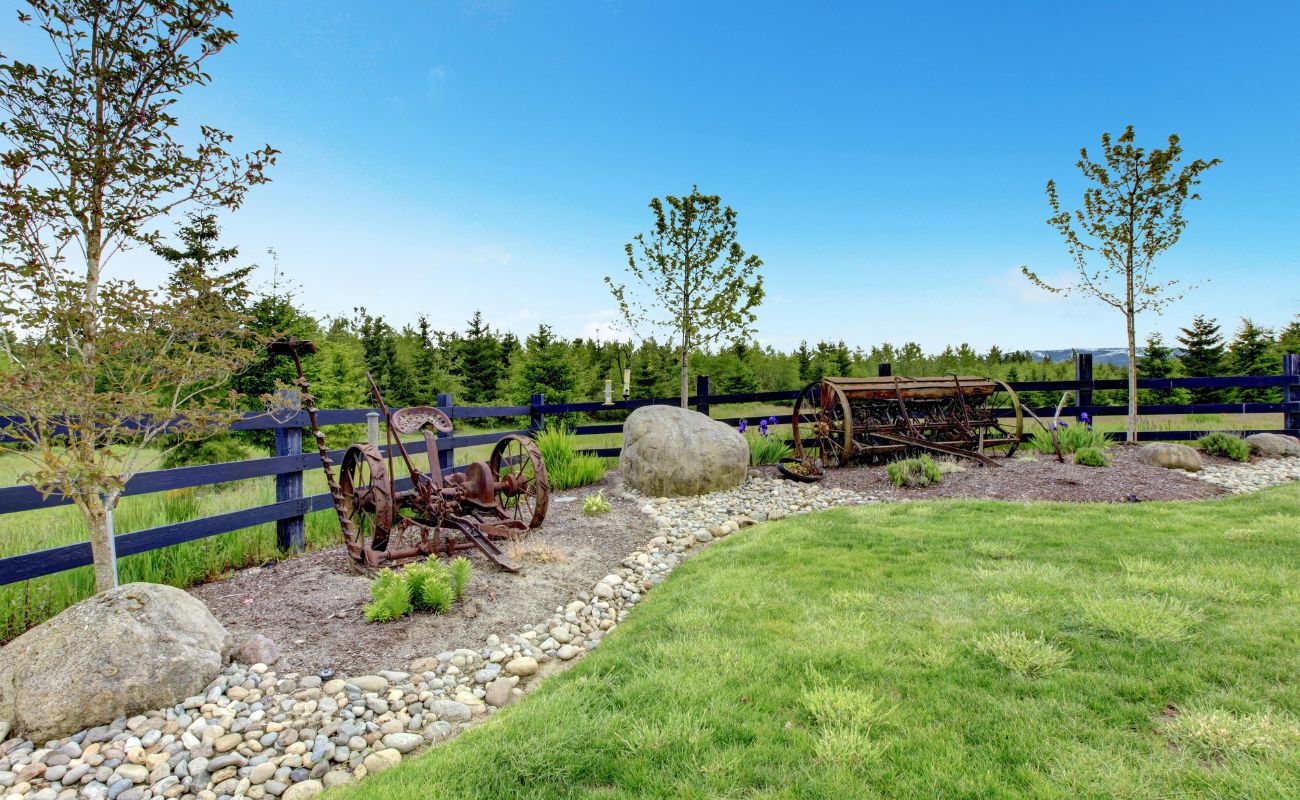
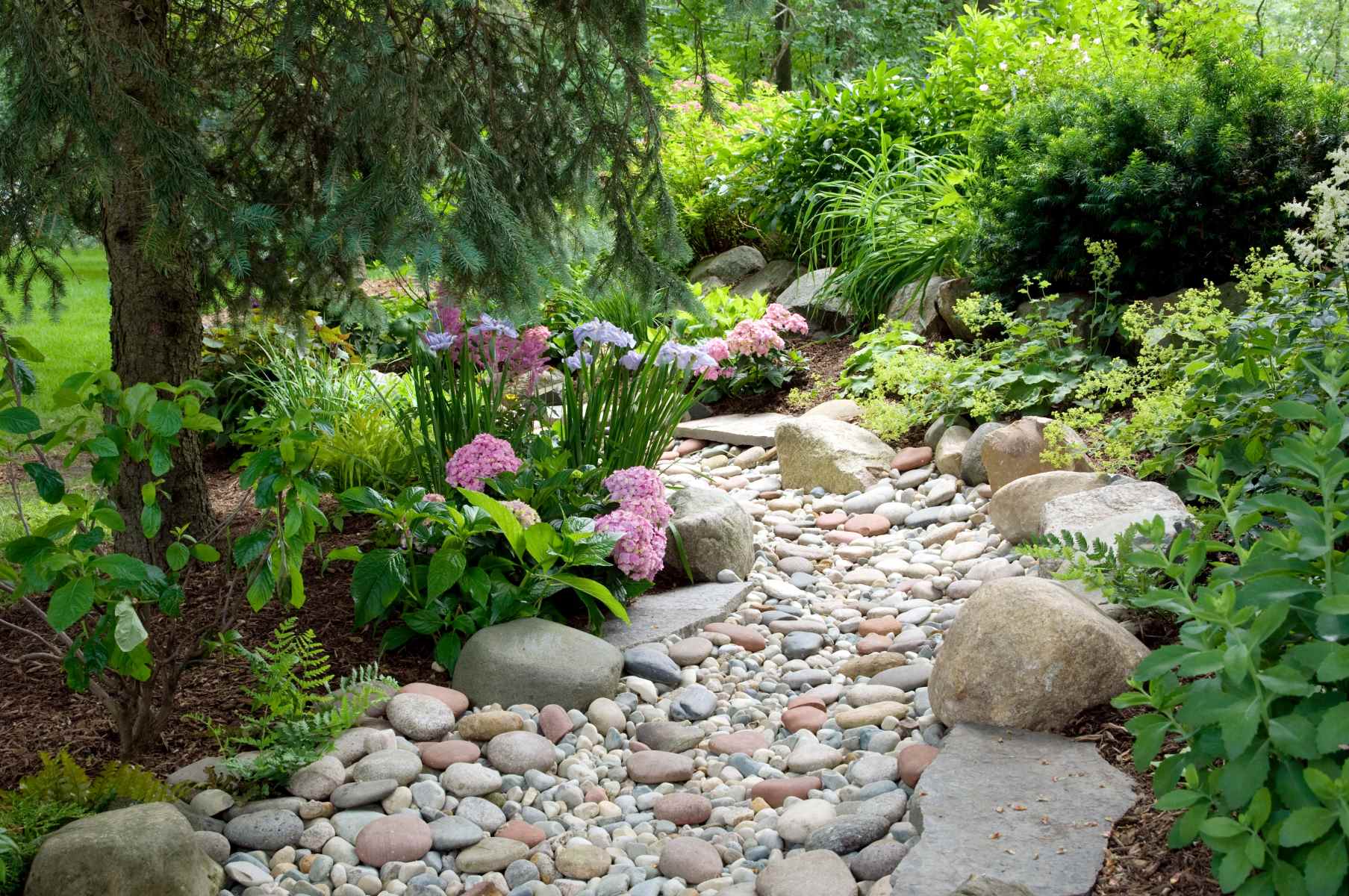
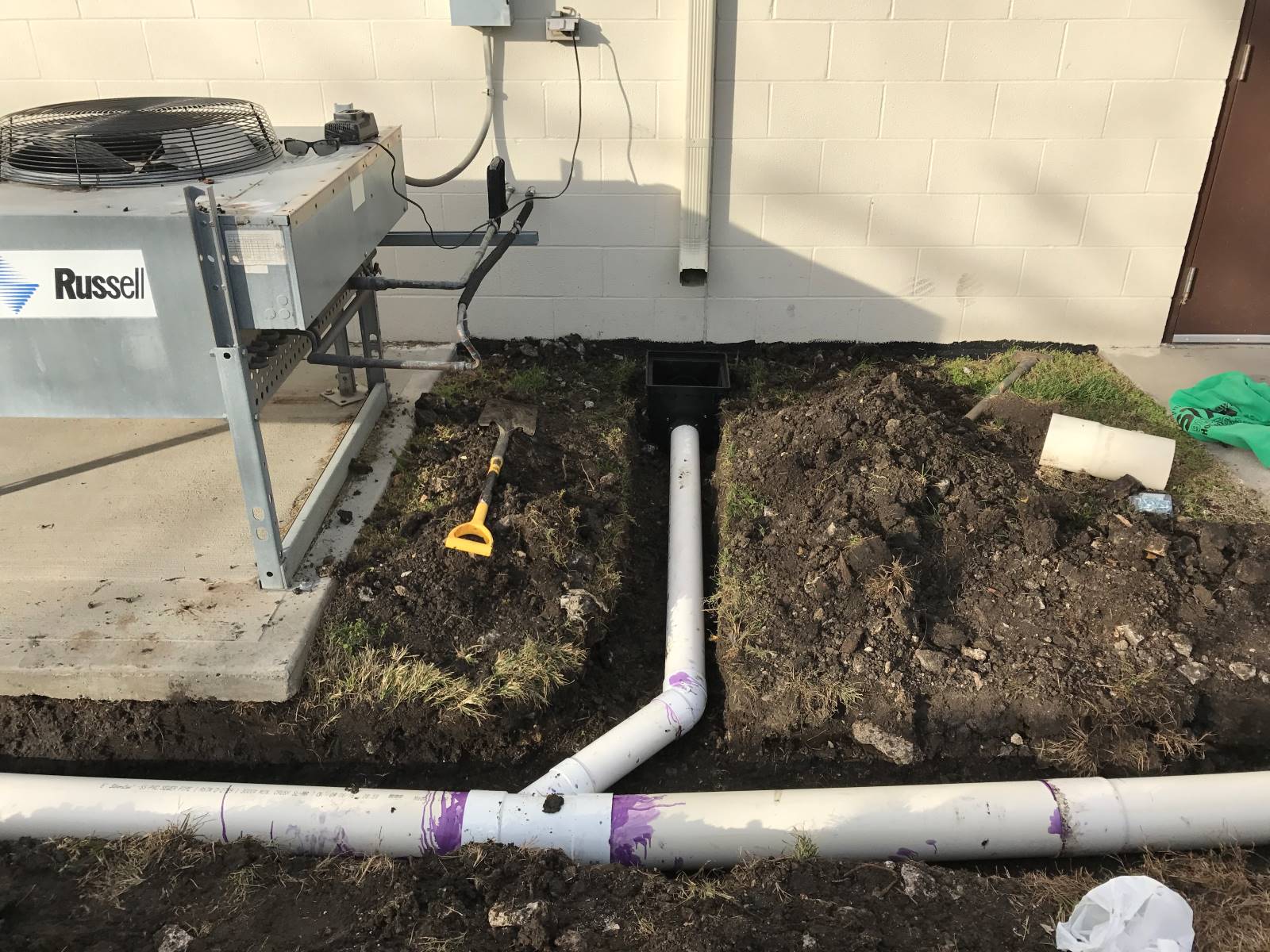
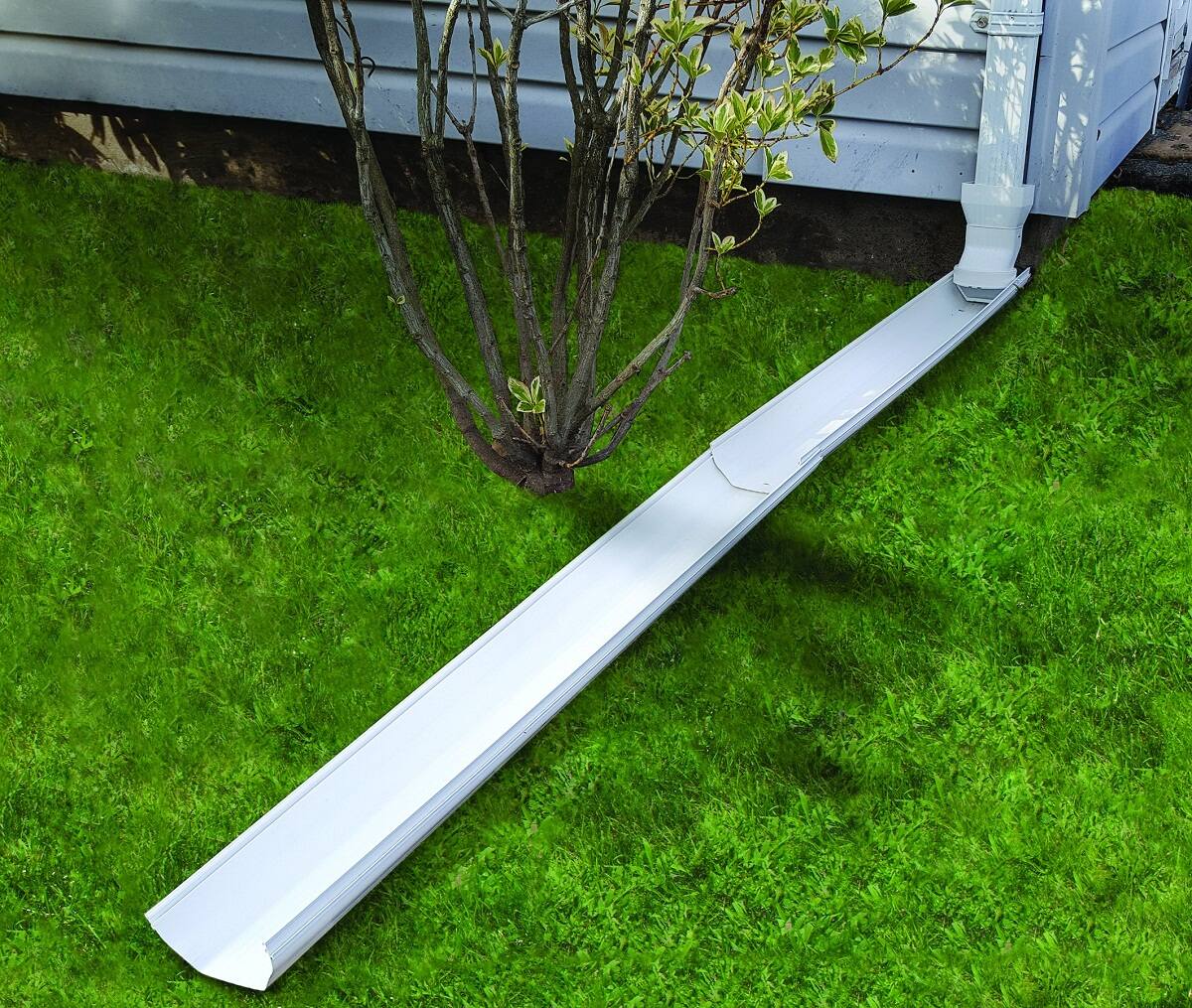
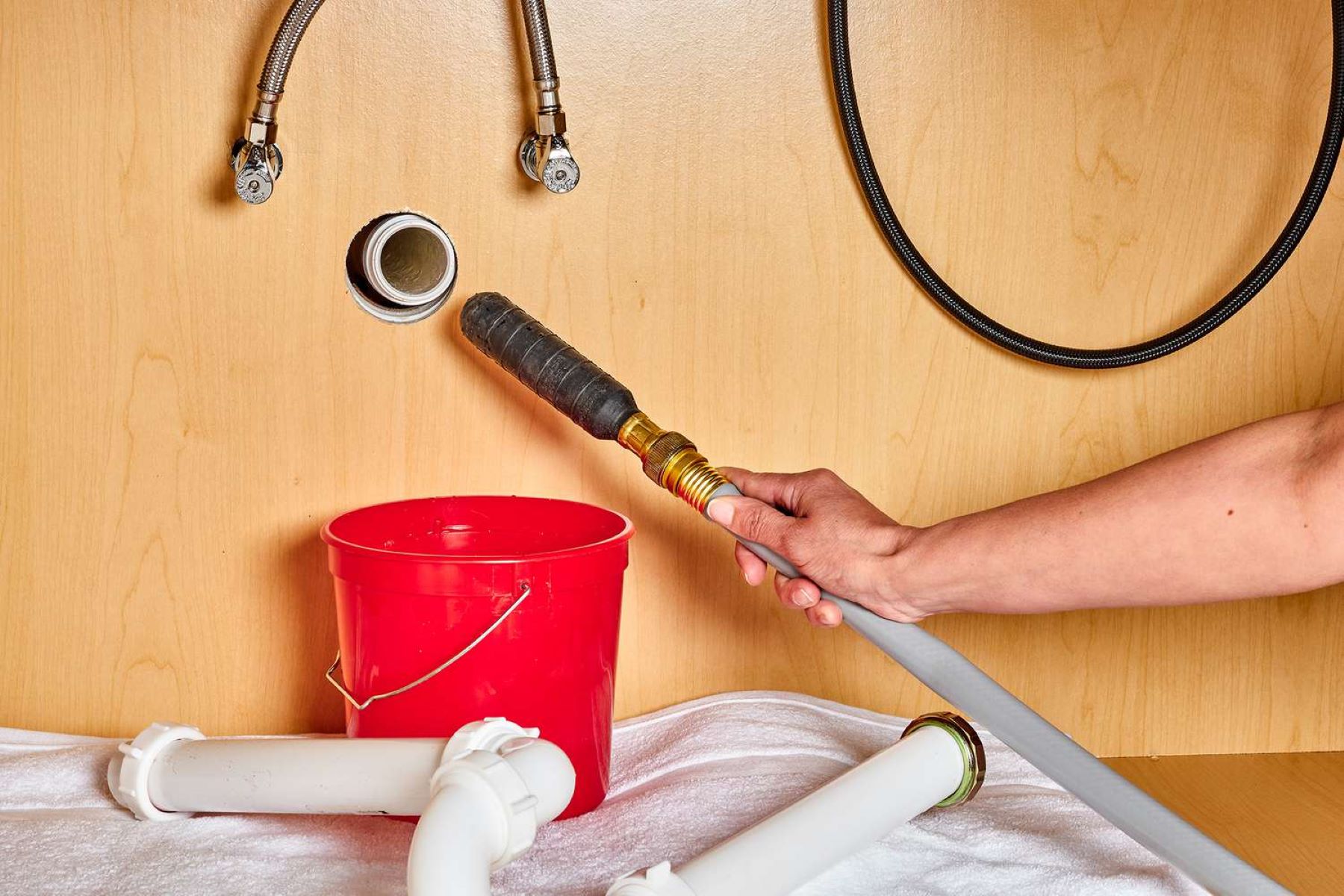
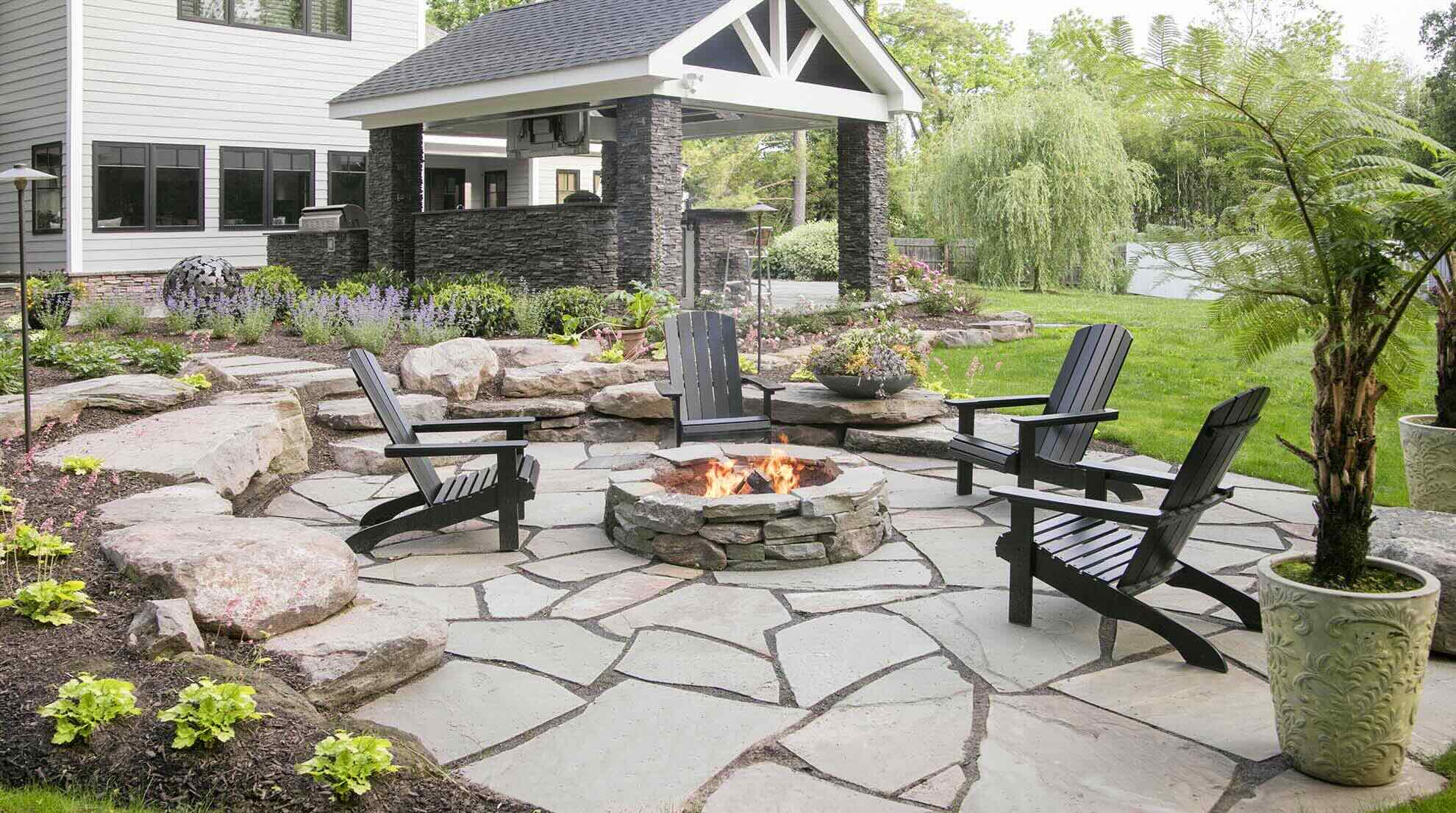
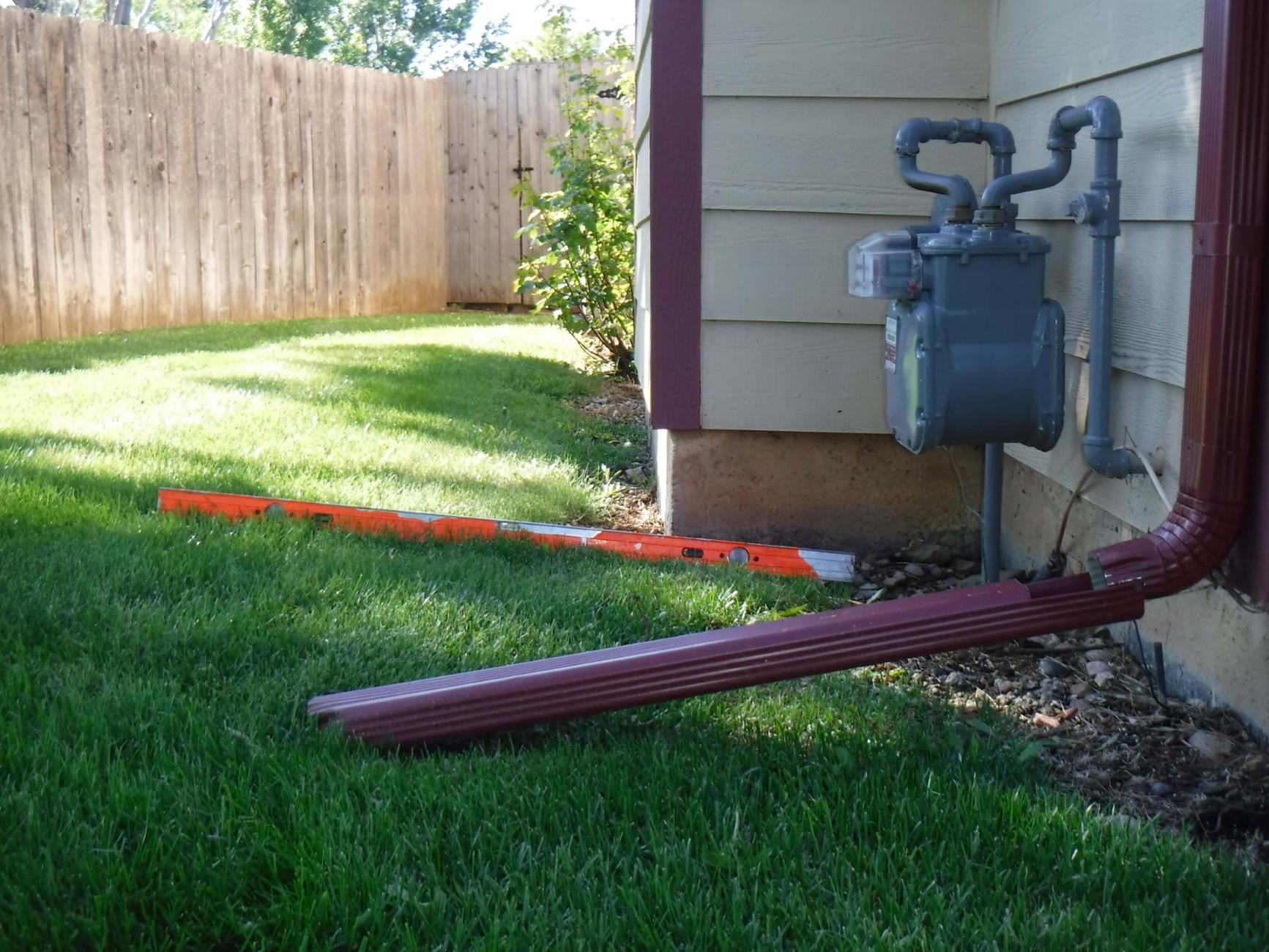
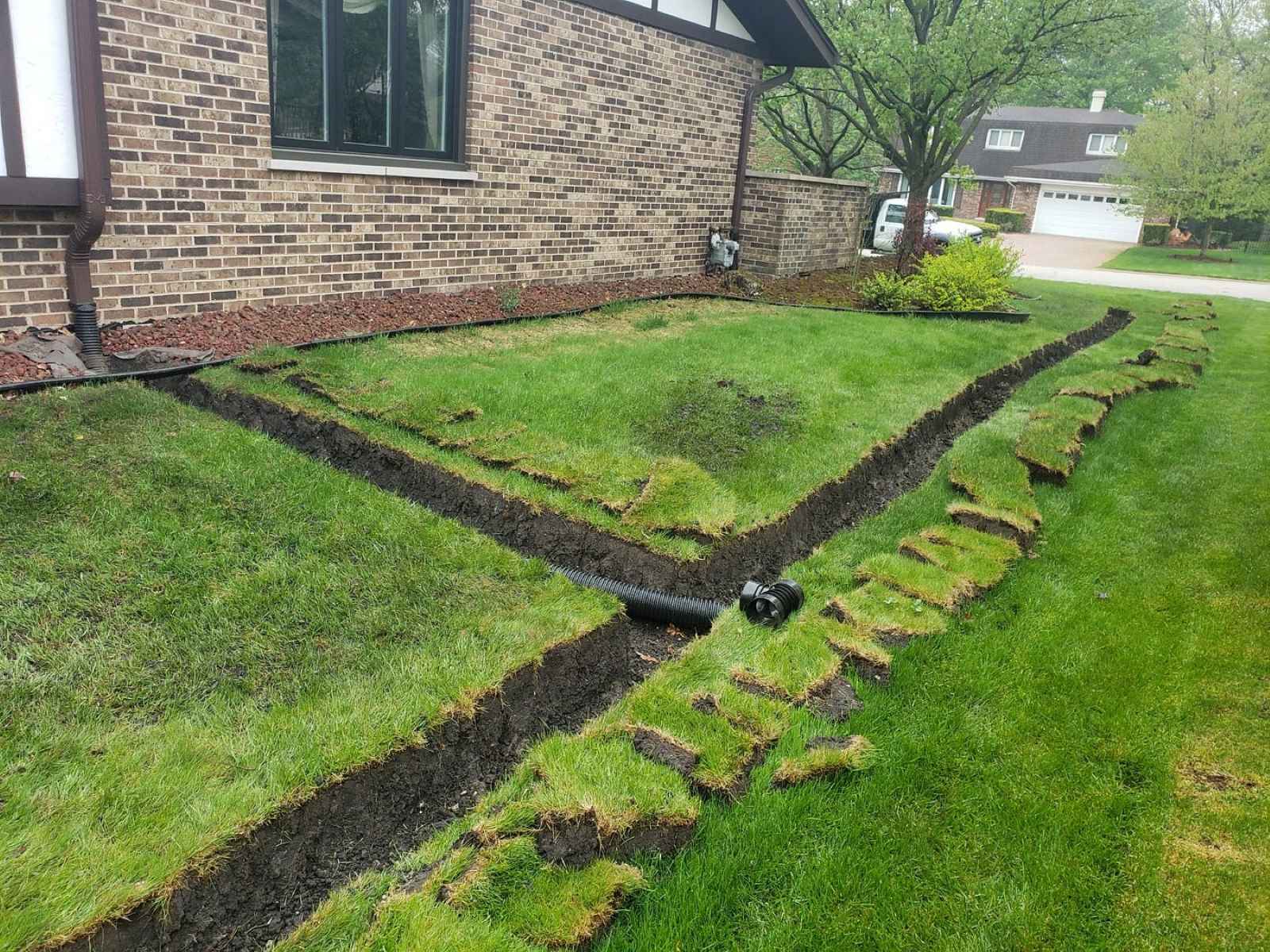
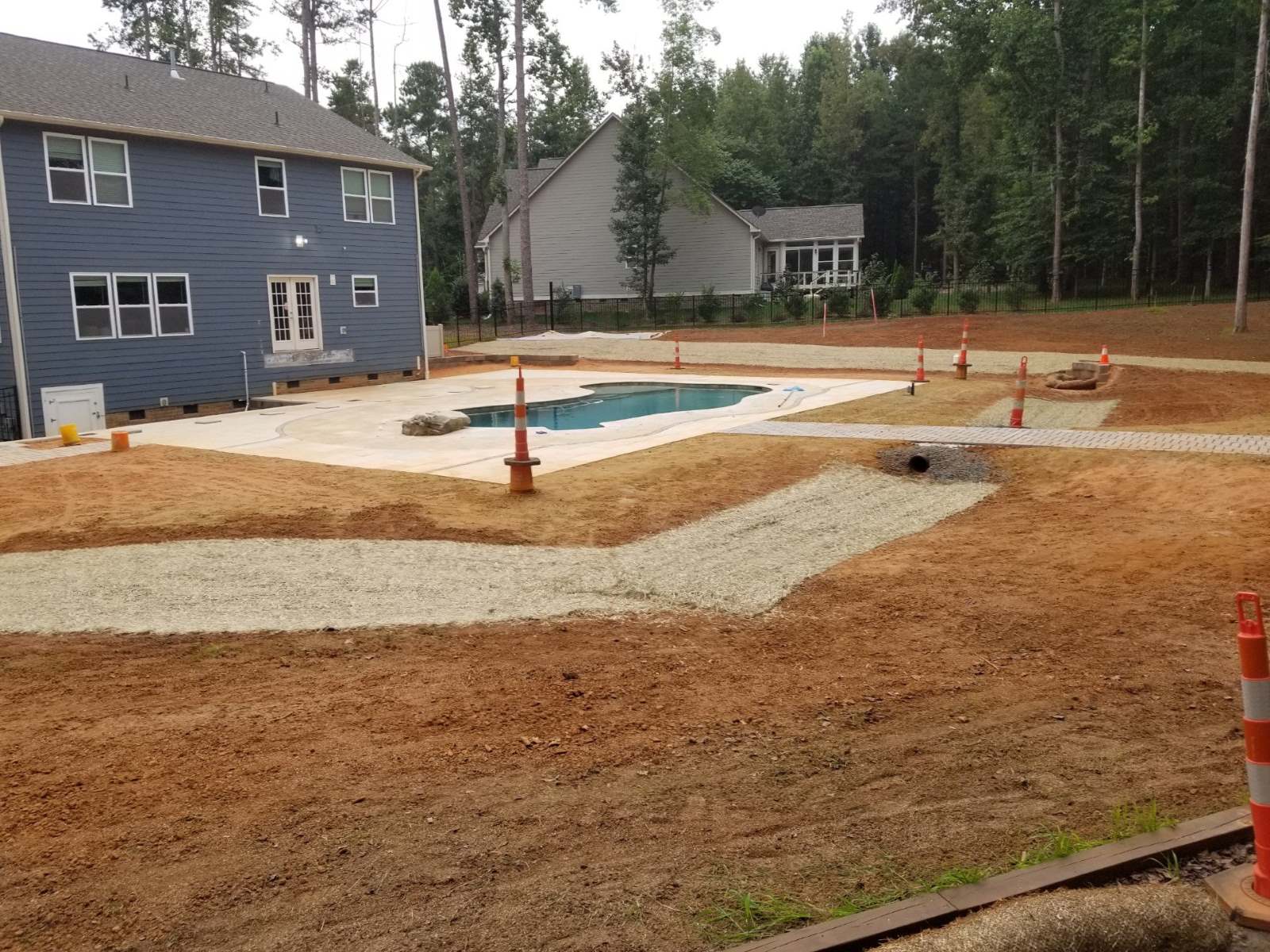
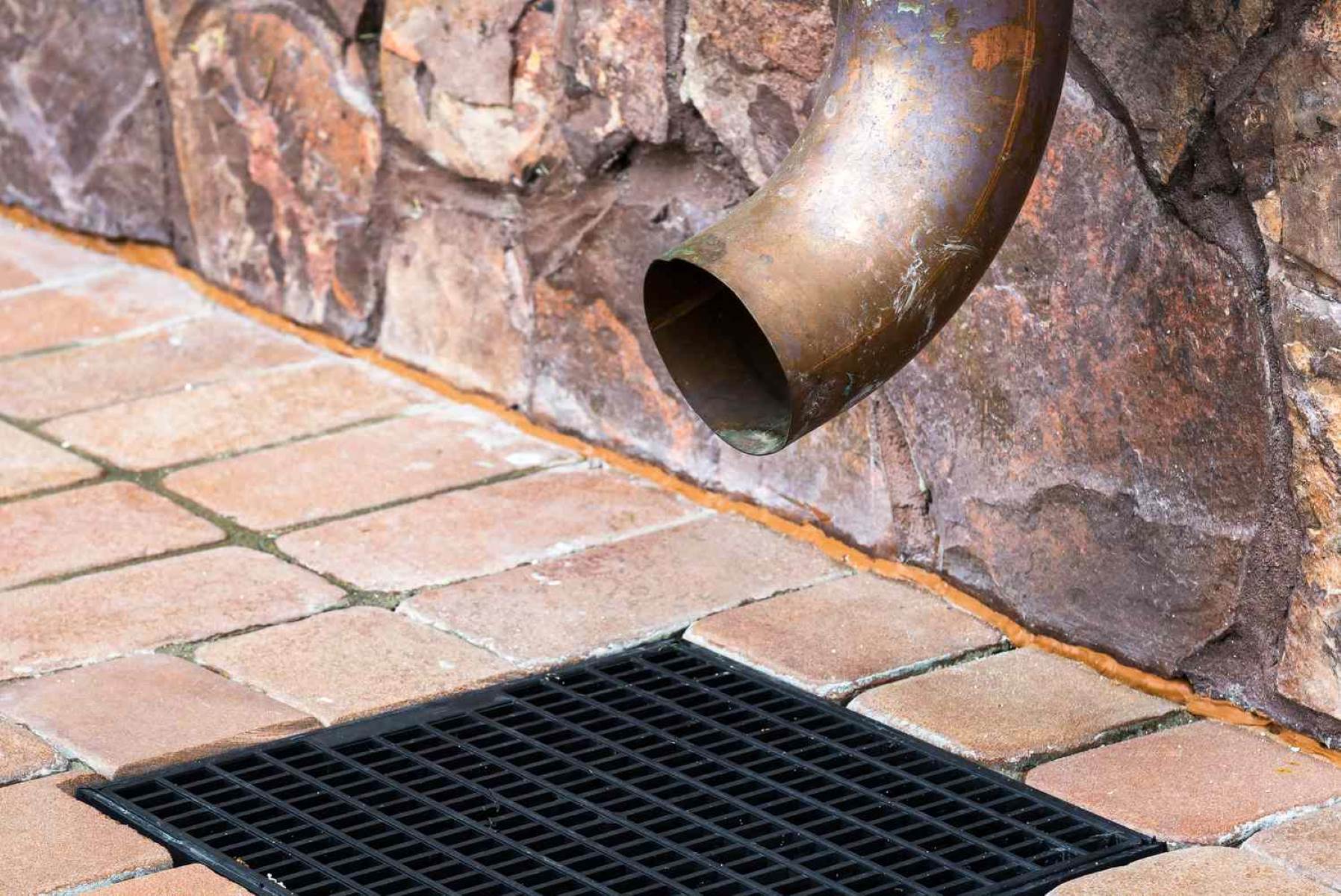
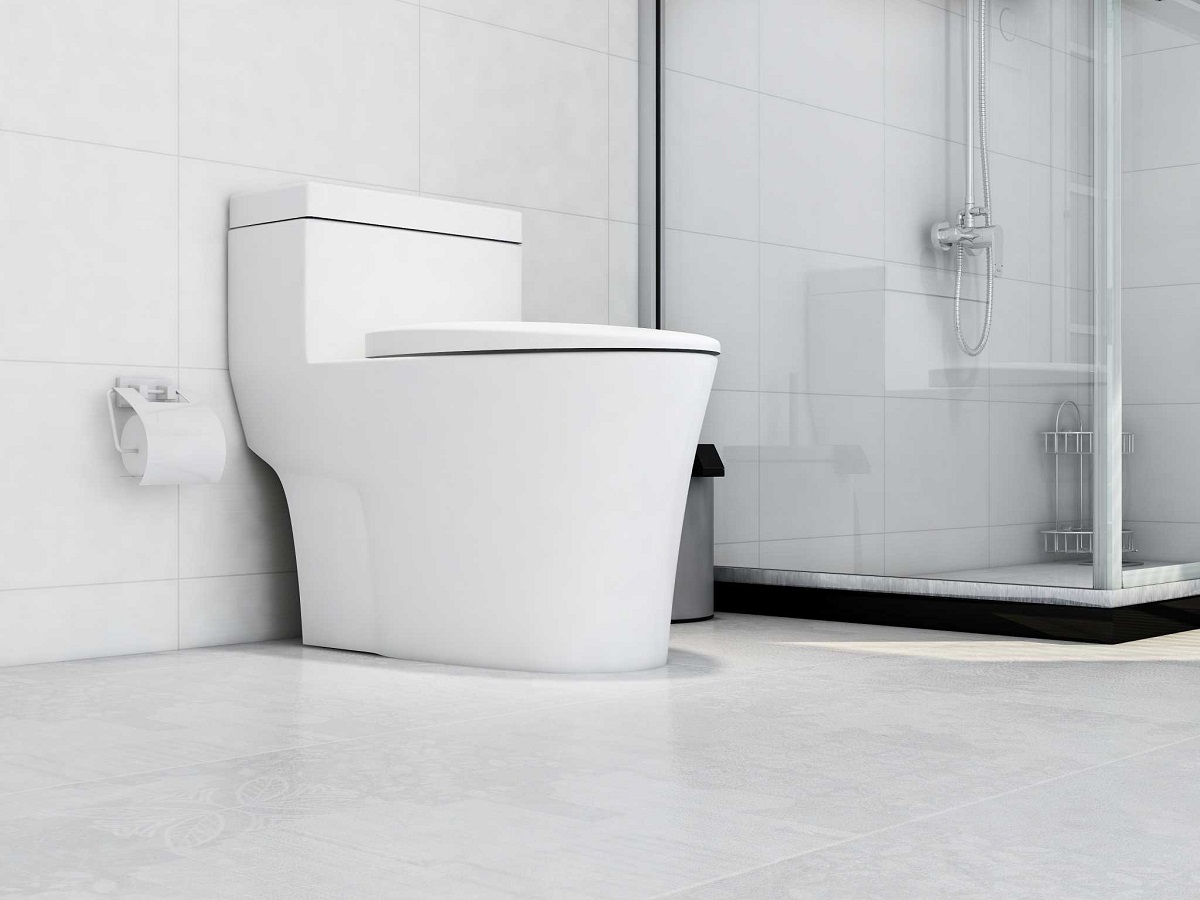
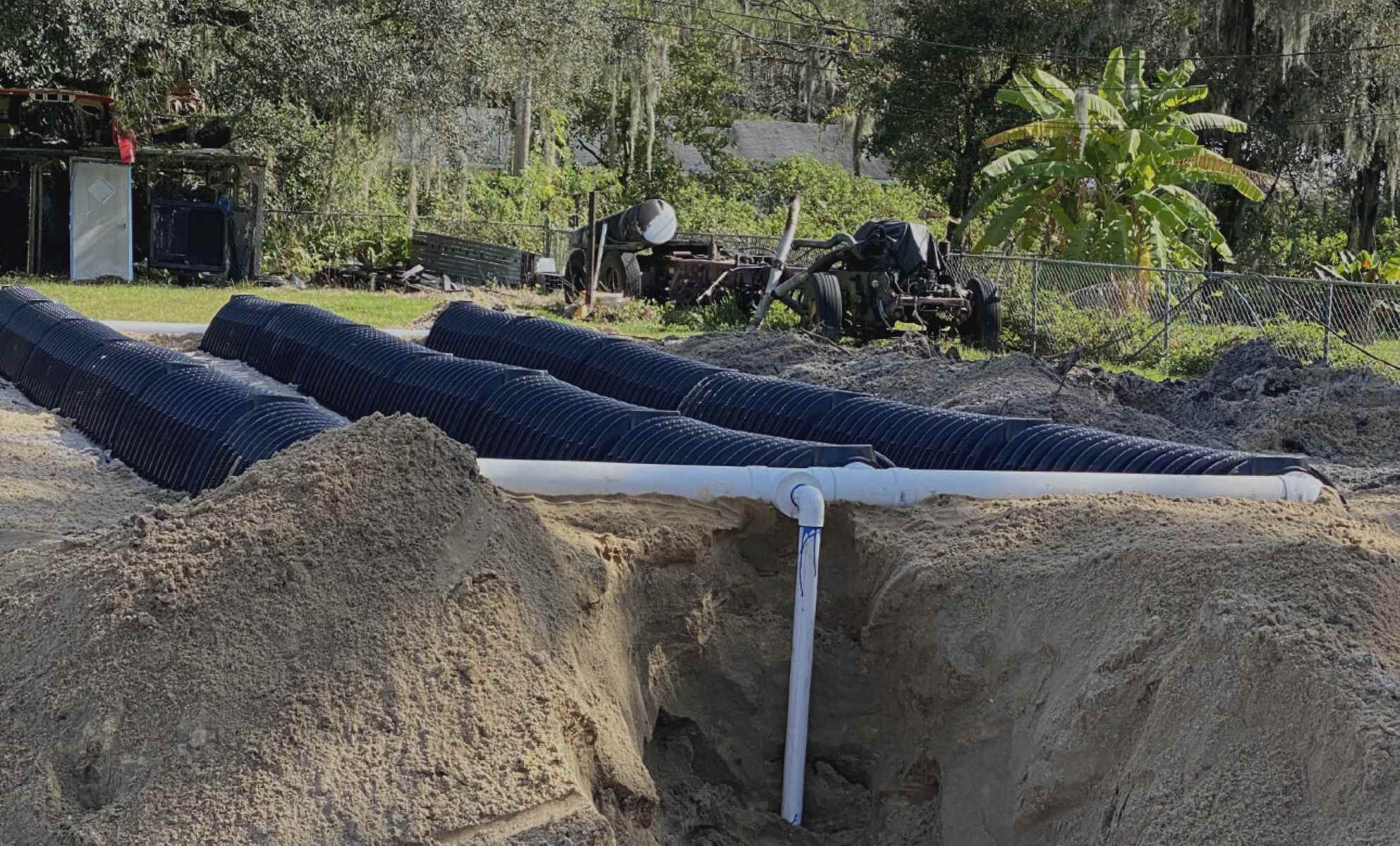
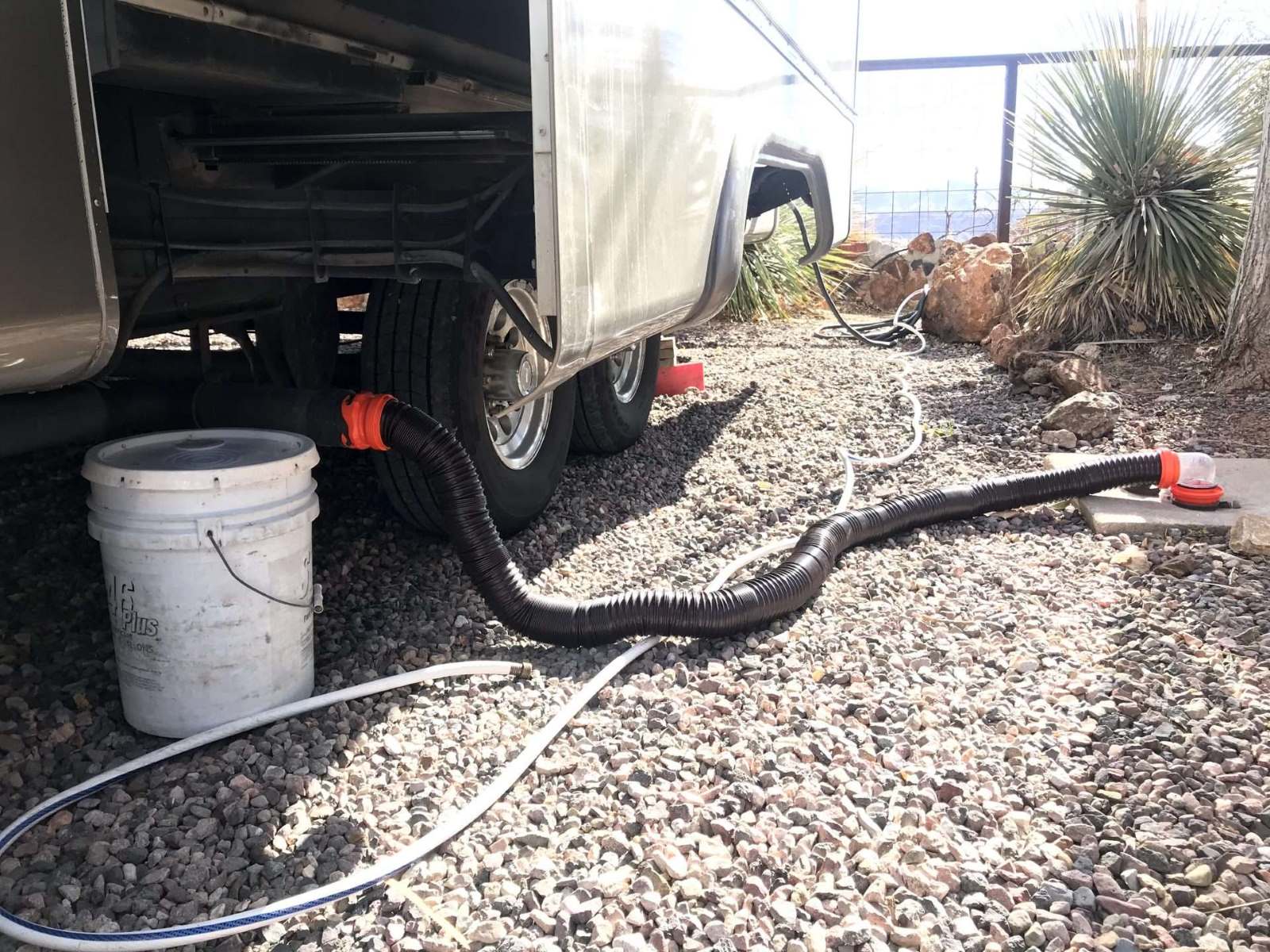


0 thoughts on “How Far Should Perforated Drainage Pipe Be From The House”